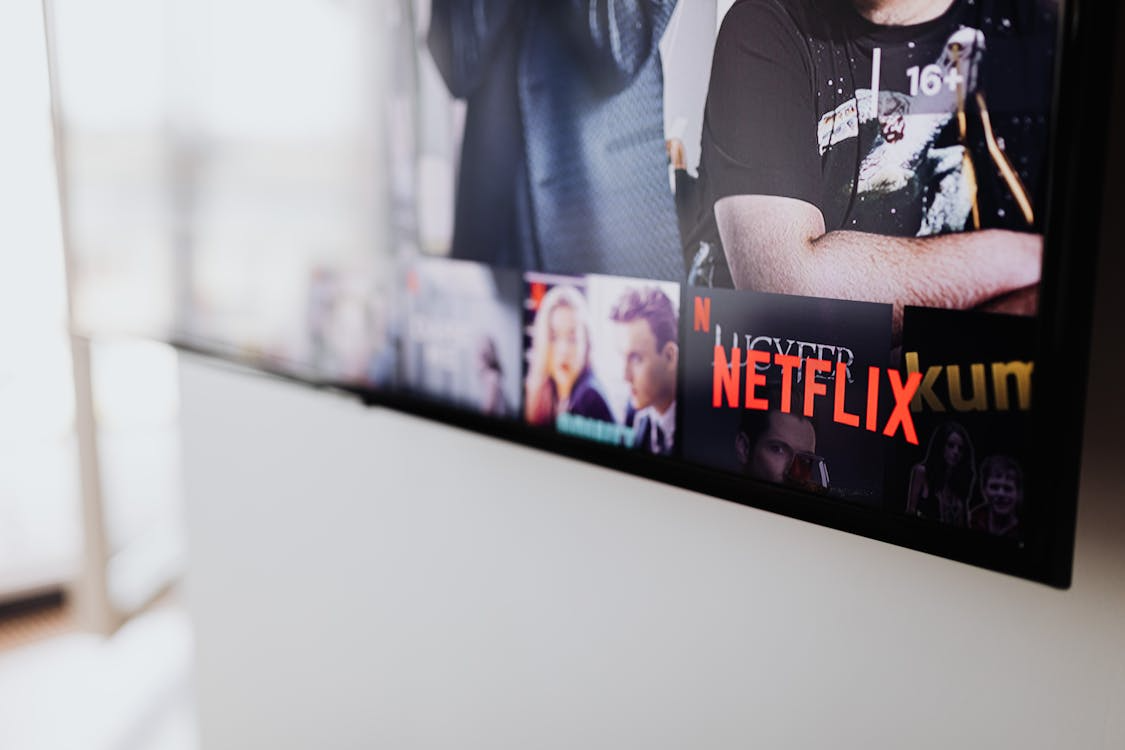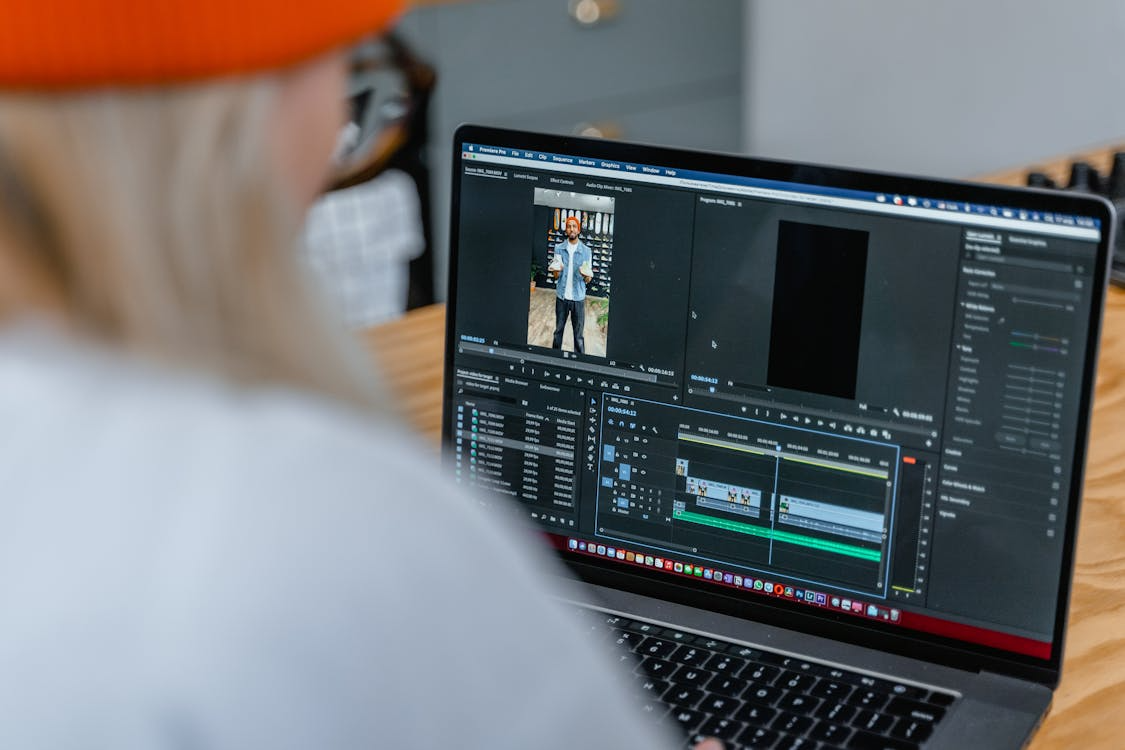Global audiences are more connected than ever, but that doesn't mean everyone's getting the message. With over 5.4 billion people online as of last year, companies can't afford to overlook the barriers language creates in digital spaces. Heading into the latter half of 2025, trends in inclusive translation are reshaping how we make content accessible across more than 230 languages, blending tech innovations with a real push for equity. It's not just about reaching more eyes—it's about ensuring everyone feels included, backed by regulations and data that show the real payoff for businesses.
What's Driving Translation Trends This Year: A Look at the Numbers
As 2025 unfolds, the language services market is hitting new highs, valued at around $75.7 billion according to recent industry reports. That's up from $71.7 billion in 2024, with a steady growth rate of about 5.6%. This isn't happening in a vacuum; it's tied to the boom in digital content, where everything from e-commerce sites to streaming platforms demands multilingual support to stay competitive. Think about how social media and video sharing have exploded—without proper translation, you're missing out on huge chunks of the global pie.
One big shift we're seeing is the smarter use of AI alongside human experts for more inclusive translations. Projections for this year put AI accuracy at 85-95% for everyday language pairs, a solid jump from earlier models. But here's the thing: AI shines in speed, yet it still needs certified translators to catch the cultural subtleties that make content truly accessible. In Europe, the European Accessibility Act (EAA), which kicked in fully back in June, is forcing companies to step up, requiring digital services to include multilingual features for users with disabilities. Experts say this could spike demand for specialized translation by 20-30%, especially for things like captions and voice-overs that comply with new standards.
Then there's the focus on localizing multimedia content, which is growing fast. The overall translation sector is on track to expand from $26.7 billion last year to about $27.78 billion by year's end, at a 4.1% clip. Videos, short dramas, and audiobooks are leading the charge because they're everywhere online, and localizing them can boost viewer stickiness by up to 40%. It's more than swapping words—it's tweaking jokes, references, and even visuals so they land right in different cultures, making digital accessibility a game-changer for non-native speakers or those using assistive tech.
We're also noticing a stronger push for ethical translations that avoid biases and promote real inclusivity. With localized web pages increasing by 25% year-over-year, businesses are leaning on certified pros to dodge pitfalls like insensitive phrasing. This ties into broader trends where clear, adaptable content meets accessibility guidelines, as outlined in 2025 media forecasts.
Why Certified Services Are Key to Digital Accessibility
Certified translation outfits do more than just convert text—they build bridges in digital worlds. Sticking to standards like ISO 17100 ensures quality across 230+ languages, while localization goes deeper, adjusting for local dialects and customs. For online platforms, this means content that doesn't just translate but actually fits, avoiding the awkward mismatches that turn users off.
Take video localization: certified teams use tools to add subtitles that follow WCAG rules, helping not only the hearing impaired but also expanding audiences in multilingual areas. The stats back it up—companies with localized content often see conversion rates jump by up to 70%. And with AI dubbing on the rise, these services provide the human touch to keep things accurate and trustworthy. For any business chasing global reach, teaming up with experts like this turns language hurdles into opportunities for genuine connection.
Steps to Roll Out Inclusive Translation in Your Business
Getting started doesn't have to be overwhelming. Based on what works in the industry, here's a straightforward path:
Audit Your Digital Assets: Go through your websites, apps, and videos to spot where languages are lacking. Tools for multilingual SEO can help pinpoint key markets among those 230+ options, focusing on where your users are most active.
Pick the Right Certified Partners: Look for providers with solid certifications and a history in localization. Check their work on formats like game interfaces or short drama subs, making sure they handle accessibility extras like voice-overs.
Blend AI and Human Expertise: Set up processes where AI does the heavy lifting on drafts, then linguists refine for culture and nuance. Run tests with small groups to hit high satisfaction levels, say 95% or better.
Build in Accessibility from the Start: Weave in WCAG and EAA requirements early, like adding captions to videos and making text screen-reader friendly. Test with software to catch issues before launch.
Track Results and Adjust: Keep an eye on engagement and drop-off rates after going live. Use the data to tweak your approach, shifting focus to the languages and styles that deliver the best results.
This approach lines up with 2025's trends and can make your brand stand out for its commitment to accessibility.
Urging Businesses to Step Up Now
The evidence is stacking up: skipping these inclusive translation trends could mean losing out on billions in potential revenue and alienating diverse users. Smart companies are investing in certified services to make their digital content welcoming and compliant, building loyalty along the way. If you're expanding internationally or just fine-tuning your presence, don't wait—prioritize multilingual inclusivity to stay ahead in a world where access is everything.
When it comes to reliable partners, Artlangs Translation has been at it for years, mastering translations in over 230 languages with a sharp focus on services like video localization, short drama subtitling, game adaptations, and multilingual dubbing for audiobooks. Their track record of standout projects and deep localization know-how makes them a go-to for turning tricky multilingual challenges into smooth, effective solutions.











